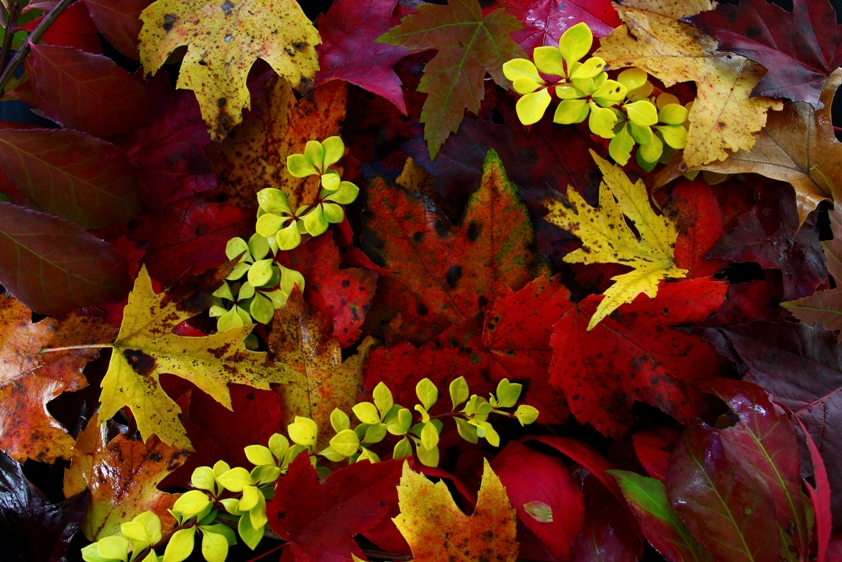When you ask somebody what the most distinguishing characteristic of fall is, they’ll often have a unanimous answer: the changing of leaves’ colors. But why do leaves change color? What’s the science behind it? This article aims at answering just that from a scientific perspective.
There are many different reasons as to why the color of leaves changes during the season of fall; some are commonly known, some are not. One of the main reasons why leaves change color during the fall is due to the longer nights.
As chlorophyll, which is a pigment that gives leaves their green color, is produced, production slows down, and, eventually, all the chlorophyll is destroyed. This causes the carotenoids (which produce yellow, orange, and brown colors) and anthocyanin (which gives color to things such as cranberries and red apples) that are present in the leaves to be unmasked, and thus the colors of these pigments are shown instead of the green color of chlorophyll. Additionally, the timing of the color change also varies by the species of the leaf, and these differences in timing are genetically inherited.
One of the other factors that change leaf color is the weather, with temperature and moisture being the main influences. This happens because the weather affects how often and fast sugars are produced; conditions like a lot of light and sugar produce anthocyanin. Whereas cool nights, when the veins of a leaf close, prevent sugar from circulating; these conditions cause anthocyanin production to slow down, and this causes most leaves to turn yellow and gold since carotenoids are present in many different leaf species.
To conclude, many scientific factors go into determining the color of a leaf, as the pigments in the leaf determine the color. For more information on the changing color of leaves during the fall, you can go to the U.S. Department of Agriculture website located at usda.gov.










